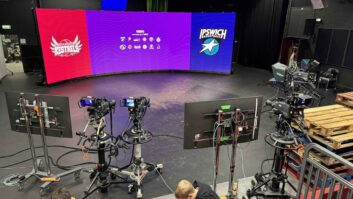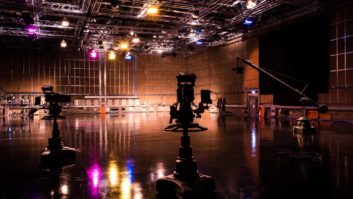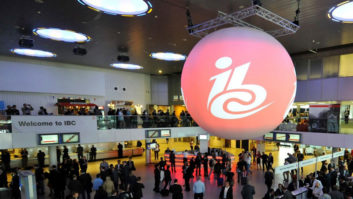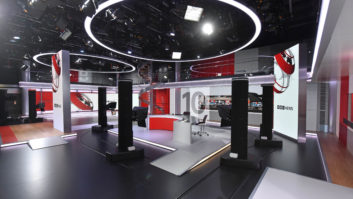What happens when you take two baby boomers, a millennial, lashings of comedy and a murder mystery? You get 49 Emmy nominations, and the most-watched comedy premiere in streaming service Hulu’s history.
Only Murders in the Building launched on Hulu in the United States and Disney Plus internationally in August 2021, and has just wrapped up its fourth season, with season five already commissioned.
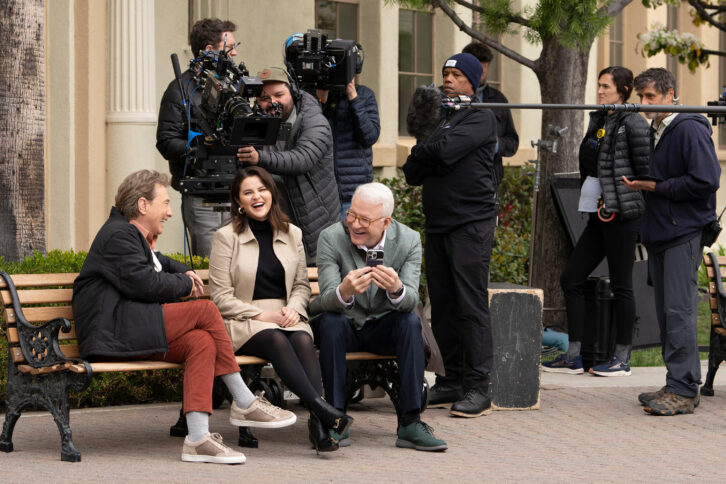
The show was created by Steve Martin and John Hoffman, and reunites Martin with his Three Amigos and Father of the Bride co-star Martin Short, with actress/singer Selena Gomez appealing to the younger generation.
Each season follows the trio as they investigate suspicious murders in their Upper West Side apartment building, the Arconia, and produce a podcast about each case.
Three editors
Due to the pandemic, the show’s second season began filming later than planned which meant all of the editors involved in season one were no longer available. Shelly Westerman, Payton Koch and Peggy Tachdjian joined the show in season two and all have received Emmy nominations for their work on season three.
“A mutual friend recommended me,” explains Tachdjian. “They reached out to interview me, but at the time, the schedule didn’t work, and I wasn’t going to be available. I recommended Shelly and she got the job right away. A few weeks later, their schedule was pushed and she called me and told me that the third editor had dropped out. So I reached back out and asked if they were still looking, and it just worked out perfectly.”
Westerman, Koch and Tachdjian had all worked together previously on a number of projects for Ryan Murphy Productions, with Koch working as an edit assistant to Westerman. “Shelly got the job on Only Murders and she called me up and said, come and be my assistant on season two, let’s edit everything together, and we’ll try and get you the bump up,” says Koch. “I was like, done! Signed, sealed, delivered, I’m on my way.”
The pair collaborated on season two, editing every scene of their allotted episodes together. At the end of season two, showrunner John Hoffman told Koch he would be making the move up to editor when the show returned. “Two seasons later, and here we are. It’s just been the most amazing experience, and I’m eternally grateful,” he says.
For all three editors, joining Only Murders in the Building gave them the opportunity to work with two comedy icons. “I grew up watching Steve and Marty,” says Westerman, “and then when I met John Hoffman he was just lovely. It was an easy decision and I’m so grateful to be given the opportunity.”
“When we were first reached out to about the show, season one hadn’t even aired yet. There was only a teaser trailer. I saw that it was Steve and Marty and Selena Gomez, who I didn’t know that much about at the time but I’ve grown to love now,” adds Tachdjian. “I was just really kind of fascinated by the trio, and it just looked really fun. We’d all come from working on Ryan Murphy shows where there’s a lot of horror or kind of dark stuff, and this was just a very light comedy so it felt really exciting. Also, I’m from New York. I loved the idea of working on something that was taking place in New York, where the city feels like a character, so that was kind of exciting for me.”
Three takes
Working with two hugely experienced comics in Martin and Short means that on average, the editors receive between 2-3 takes of each scene due to how well-rehearsed the cast are before the cameras begin rolling. “There are gags that Steve will do and the director will tell me he’s been rehearsing for three weeks,” says Westerman. “I’ll be like, what? He’s Steve Martin! The director will say no, he’s very rehearsed, very ready to go and there’s very little ad-lib.”
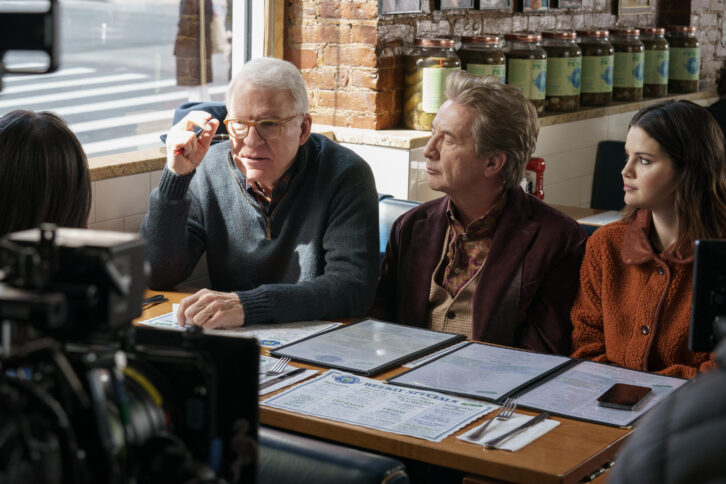
Of course, each director works differently. Koch cites the season finale of season two where director Jamie Babbit shot 52 hours of footage for a 30-minute episode. “[There] was a huge scene with all the characters,” he explains, “it was the biggest scene I’ve ever had to do, and it was the most amount of footage that we’ve had on the show. Normally it’s 20-25 hours of footage per show.”
All of the editors get involved with the show during production, cutting dailies as soon as they’re available. Each episode takes around two weeks to put together the first assembly before the editors work with the episode director on the final cut. The show has been edited in Avid Media Composer right from the start.
“My whole career has been in Avid so I don’t even know how to use anything else,” states Tachdjian. “I really love the workflow. I love the ease of it. I feel I’m very fast on Avid. I can do everything I want to do. There are so many tools that help us day to day to be faster, more organised, more efficient.”
“I’ve spent 28 years editing on Avid,” adds Westerman. “I like the ability to customise it. My layout looks pretty simple. I’ll see my assistant’s layout, and I’ll say, are you running a spaceship here?”
Each editor has a specific tool within Media Composer that helps with their work. For Koch, it’s fluid morphs. “Those are helpful when the producers are telling us to make it faster and pace it up. I also like the Animatte tool, we do a lot of split screens, and those are very easy for us to slap on. The edit assistants will help clean it up, but we can get a rough idea of what we’re trying to do.”
“We have amazing sound recordists on the show, and with that comes booms in a lot of shots, and so being able to add on an Animatte myself to get rid of the boom, and not having to turn it over to my assistant or the visual effects editor, is really helpful. It can be 50 an episode so it’s a lot,” agrees Westerman.
Only Murders in the Building is shot using multiple cameras, which provides the editors with different options for each scene. Using Media Composer enables them to group takes, which they say is particularly useful in scenes with a lot of actors.
All three editors have an idea of what they want to achieve with each episode they work on. Westerman says that for her it’s “emotion, emotion, emotion”.
“I agree with Shelly,” adds Tachdjian. “It’s a comedy show, but the heart of the show is the emotional connection between the characters, and so I think it’s really important to always make sure you’re hitting those moments as well as the comedy. It might be adding a look between Marty and Steve, or Selena rolling her eyes. I think those things are really important in helping the audience connect to the characters. That’s usually my goal for each episode.”
Read the full interview with Westerman, Tachdjian and Koch in TVBEurope’s December 2024 issue.


